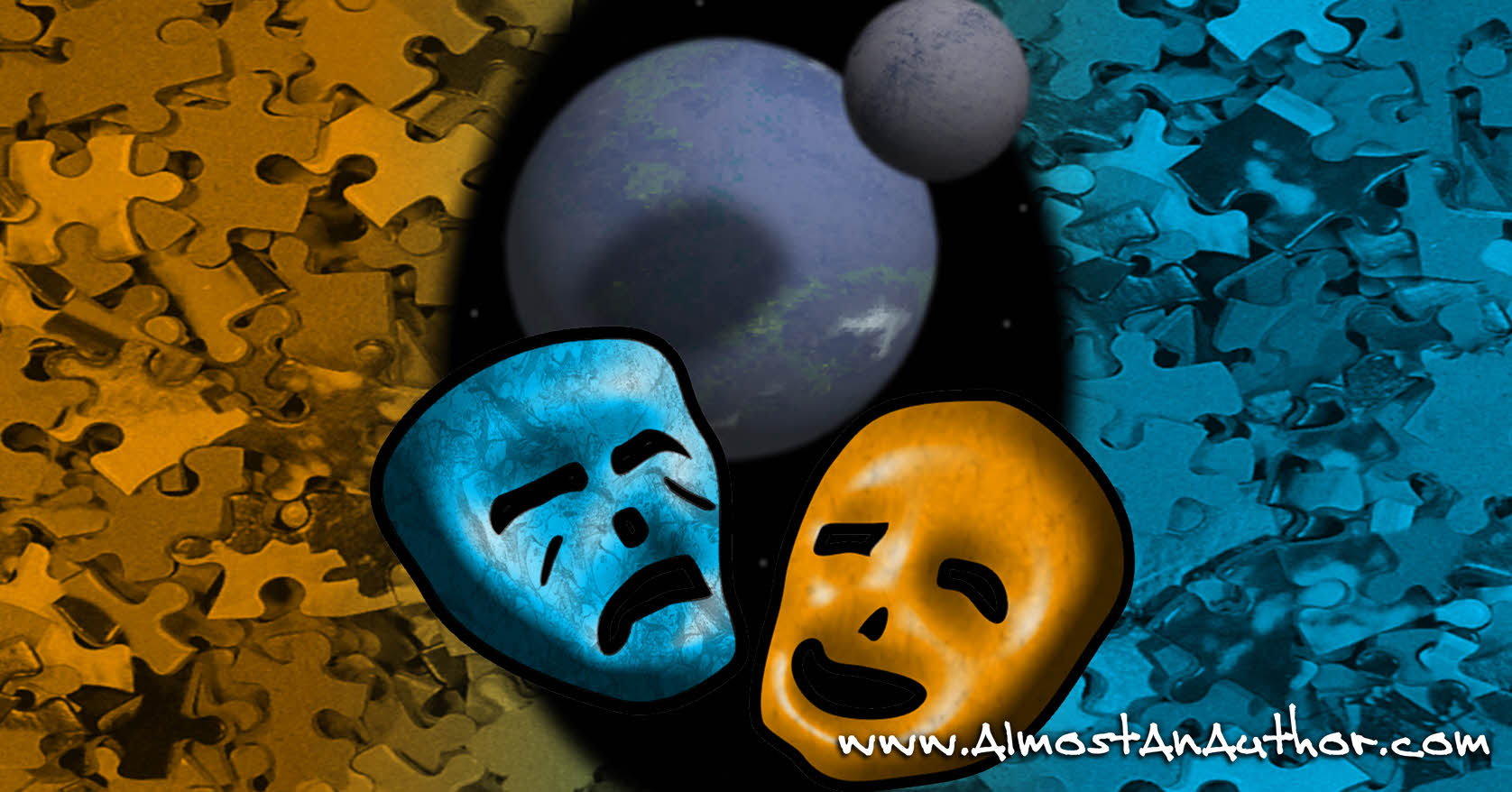Taking Critique Like a Jedi
May 25, 1977, Star Wars: A New Hope—a small indie film with an unknown cast and modest working budget—became an overnight sensation and took the world by surprise. Characters like Han Solo, Princess Leia and Darth Vader would become immortalized in the eyes of fans. The cast and crew began a multiple decade journey of fame and fortune.
The franchise also entered a world of criticism.
It is inevitable that any work of art will face criticism once released to the public. Over the decades since the original Star Wars film was released, the fan-base has grown with the advent of social media. As fans around the world connect, they have opportunities to discuss the good and the bad. It didn’t take long for one of the most famous plot hole discussions about the original movie to take hold: How could a conglomerate like the Empire overlook such an obvious flaw which could lead to the destruction of the Death Star?
However, with the recent release of the spin-off film, Rogue One, producers were able to address the discrepancy. Not only have die-hard fans been giddy over the beach battle and space fight that rivaled The Empire Strikes Back installment, but also reception of the movie has been overwhelmingly better than the last few movies in the series. And the producers did not miss their chance to correct a three-decade long ‘oversight’ to satisfy even the most critical of fans with an explanation of how that crippling weakness could’ve secretly been added to the design of the Death Star.
As writers, we face a world of criticism for our work. Which is one reason why critique partners are a good idea to help bring to light inconsistencies within the script. Hearing negative feedback about our own work can sting, sometimes so much so that the critique itself can cripple a writer into wanting to give up. But ultimately, a good critique should inspire—not discourage—a writer toward better writing and a desire to make his/her manuscript the best that it can be.
We’ve all had our fair share of feedback that made our stomachs drop and our palms go clammy. The thought of re-writes and hours of revision can dishearten the best of us. But how many of us can afford to present a story with such a large plot hole, and still create a multi-billion dollar franchise to keep it afloat? And how many of us will get the opportunity three decades later to set the record straight?
Attending critique groups and hearing corrections from fellow writers might be uncomfortable—scary even—but it should be a necessary part of who we are as writers. Don’t allow negative feedback on your work cause you to walk away from your craft. Rather allow it to inspire you to take an objective look at your work and consider all points of view.
We all have setbacks in our manuscripts. It took George Lucas four separate scripts before he found the perfect formula that became the original Star Wars movie. It can feel as if we face a real-life Darth Vader, at times. But it is up to us, as artists, to dig deep within our creativity, to find the strength to become Luke Skywalker, to rise above the difficulties we face, and see our journey through to the end. You never know how your work might resonant with someone. It just might be powerful enough to blow up a Death Star.
Bio: Laura L. Zimmerman is a homeschooling mom to three daughters, and a doting wife to one husband. Besides writing, she is passionate about loving Jesus, singing, drinking coffee and anything Star Wars. You can connect with her through Facebook and Twitter and at her website, www.lauralzimmerman.com







No Comments